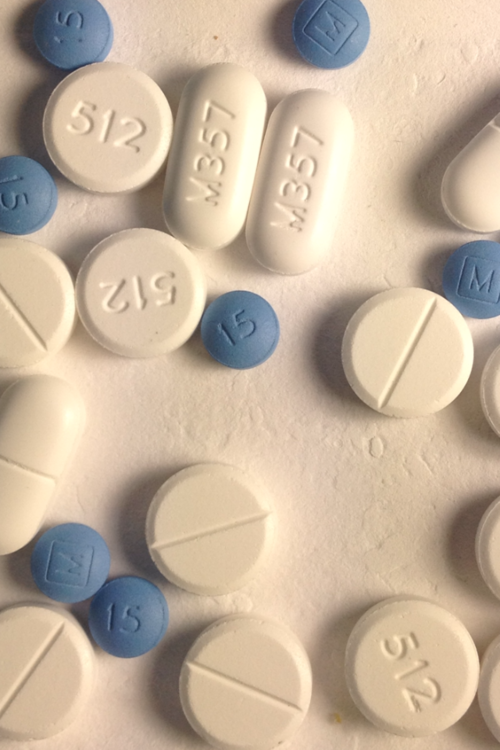Teenagers and young adults who are prescribed opioids from their dentists are 15 more likely to become addicted, a new study finds.
Researchers say patients who received dental opioids were almost 70 times more likely to fulfill a second prescription within a year after receiving their initial one than patients who had not been prescribed the drugs.
Additionally, these patients were about 15 times more likely to be diagnosed with opioid abuse one year later.
The team, from Stanford University School of Medicine in , says the numbers are ‘alarming’ and, not only are alternatives to opioids after dental procedures needed, but that doctors must question if the procedures that are prompting these prescriptions even necessary.
A new study has found that teens and young adults who are prescribed opioids from their dental practitioners have a greater risk of becoming addicted (file image)
For the study, published in JAMA Internal Medicine, the team looked at 15,000 patients between ages 16 and 25 who were prescribed dental opioids in 2015.
Researchers focused on this age group because this is when most wisdom tooth extractions occur and they have likely not had prior opioid exposure.
The majority of the prescriptions written were for hydrocodone-acetaminophen, prescribed under the brand names Lorcet, Norco and Vicodin.
Each person in this group was paired with two people in a control group who were not prescribed opioids by a dental practitioner that year.
The control patients received a random date in 2015, referred to as the ‘phantom prescription date’, for the one-year follow-up.
Researchers checked in with the patients 90 days and 365 days after the initial and phantom prescription dates to see if they filled subsequent prescriptions.
Patients that received dental opioids had much higher rates of continuing opioid use and abuse than control group patients.
They found that 6.8 percent of the patients had received additional opioids either 90 or 365 days after, compared to 0.1 percent of the control group.
Additionally, 5.8 percent of the dental opioid patients were diagnosed with opioid abuse one year after their initial prescription compared to 0.4 percent of the control group.
‘Almost seven percent of these patients had new, persistent use at least three months after the initial prescription and almost six percent had an opioid abuse diagnosis,’ said lead author Dr Alan Schroeder clinical professor of pediatrics at Stanford
‘That’s pretty alarming.’
Findings showed that the youngest patients, between ages 16 and 18, were more likely to have persistent opioid use than the oldest patients between ages 22 and 25.
In addition, female patients were more likely than male patients to be persistent opioid users.
For future research, the team wants to examine other forms of treating cbd pain pills after wisdom tooth extractions, and if the extractions themselves are necessary.
One proposed solution from the researchers for limiting opioid exposure is to use non-opioid alternatives such as long-acting local anesthesia or nonsteroidal anti-inflammatory drugs.
‘I think we should ask, number one: why are we prescribing such a high quantity of opioids so frequently?’ said Dr Schroeder.
‘And number two: are all the procedures that are driving these opioid prescriptions necessary?’ he said.
The study come on the heels of new figures from the Centers for Disease Control and Prevention, which found that drug overdose deaths soared by 10 percent in 2017 topping 70,000.

It means that, in the last 20 years, the overdose death rate has increased nearly four-fold, from 6.1 deaths per 100,000 people in 1999 to 21.7 last year.
